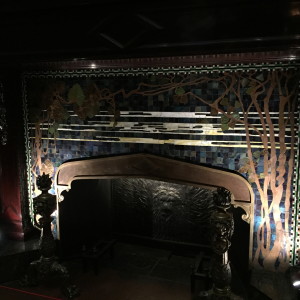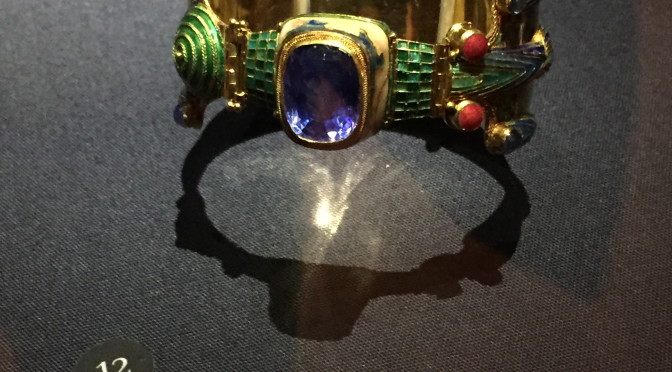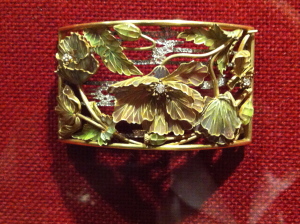Conference

I recently attended the annual conference of the Association for the Study of Jewelry and Related Arts (ASJRA). This year the conference was held in Chicago in conjunction with the exhibit Maker and Muse, Women and Early 20th Century Art Jewelry at the Driehaus Museum. Elyse Zorn Karlin, curator of the exhibit, is one of the founders and co-directors of ASJRA.
Day 1

The first day of the conference began with a tour of the Driehaus Museum and a curator’s tour of the exhibit. Click here to see my post about the exhibit.
Follow














